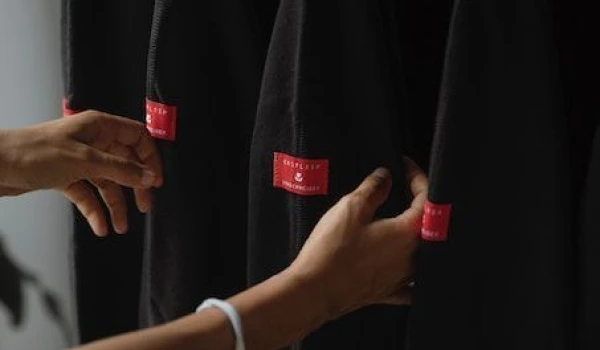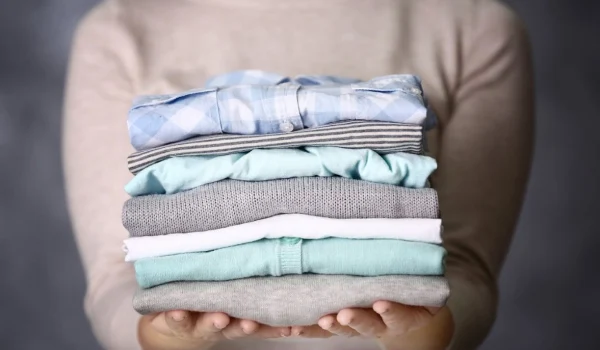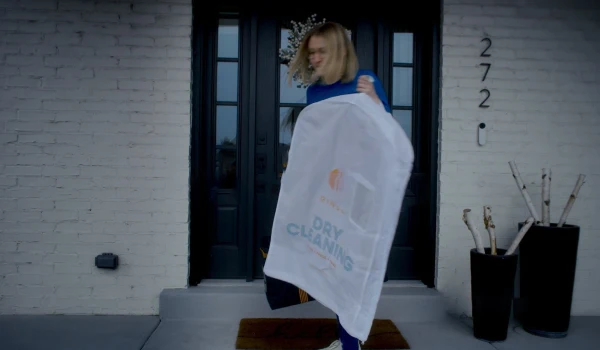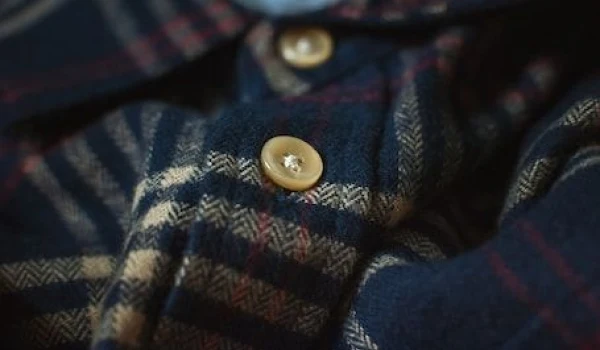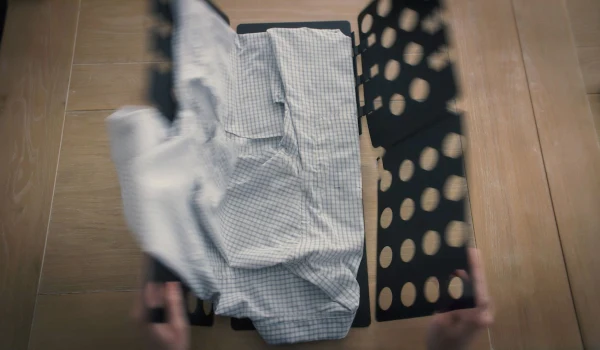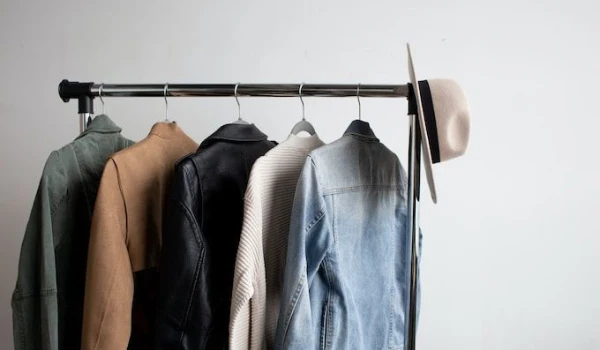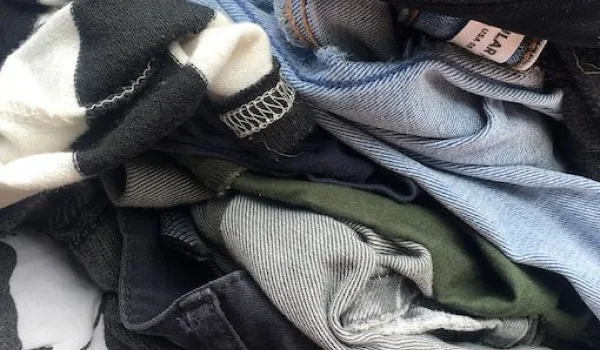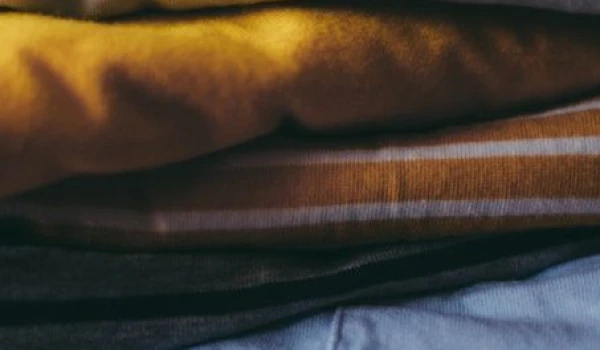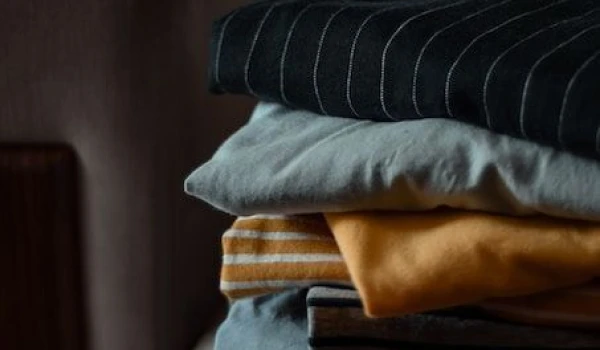Introduction
Doing laundry isn’t a one-size-fits-all task, and not all garments can withstand the rigor of a standard wash cycle. Many of us have faced the frustration of pulling out wrinkled or damaged clothes, wondering where things went wrong. That’s where specialized settings like the permanent press cycle come into play. This cycle is designed to gently clean and dry certain types of fabrics, ensuring they come out wrinkle-free and looking their best.
In this guide, we’ll dive deep into the permanent press cycle for both washing machines and dryers, highlighting its features, benefits, and when you should or shouldn’t use it.

What is the Permanent Press Cycle on Washers?
The permanent press cycle on washing machines is designed to minimize wrinkles and preserve the integrity of fabrics prone to creasing. Unlike the normal or delicate wash cycles, the permanent press setting uses a combination of warm water and slow spin cycles. Warm water helps to relax the fabric fibers, and the reduced agitation during the spin cycle prevents wrinkles from forming.
This cycle is particularly useful for synthetic fabrics like polyester and blends, which tend to wrinkle easily. It’s also ideal for garments that require a little extra care but don’t need the gentle touch of a delicate wash. In most front load washers, the permanent press cycle runs at a slower pace and uses less agitation than regular cycles, making it suitable for items that require moderate cleaning but still need wrinkle protection. For more information, check out our article on different washing machine cycles.
What is the Permanent Press Cycle on Dryers?
While the washer version of the permanent press cycle focuses on reducing wrinkles through controlled agitation, the dryer setting takes it a step further. The permanent press cycle on dryers uses medium heat to dry clothes. This lower heat level is essential for protecting synthetic fibers from the damage caused by high temperatures while still being hot enough to dry the clothes without excessive creasing.
The dryer cycle typically ends with a cool-down phase, where room-temperature air is used to further prevent wrinkling. This feature ensures that clothes emerge from the dryer looking neat, wrinkle-free, and ready to wear.
If you’ve ever wondered why some fabrics feel stiff or wrinkled after drying, it’s likely because they were exposed to high heat without the gentle care that the permanent press cycle offers. By using this setting, you can preserve your garments for longer, keeping them looking fresh and reducing the need for ironing.

Benefits of Using the Permanent Press Cycle
When it comes to protecting your clothes and ensuring they stay wrinkle-free, the permanent press cycle offers several advantages. Here are some key benefits:
-
Reduced wrinkles: This cycle is designed to prevent creasing, ensuring your clothes come out smooth and ready to wear.
-
Energy efficiency: The reduced agitation and medium heat settings make this cycle energy-efficient, as it uses less water and power compared to the normal cycle.
-
Enhanced fabric preservation: By using lower heat and gentle spin cycles, the permanent press cycle protects fabrics from excessive wear and tear.
-
Time-saving: With fewer wrinkles, you’ll spend less time ironing, allowing you to wear your clothes straight out of the dryer.
-
Versatility: This cycle is perfect for a wide range of synthetic fabrics and blends, making it a go-to for everyday wear.
If you’re trying to balance fabric care with energy efficiency, the permanent press cycle is a great choice.

What Clothes Should I Put in a Permanent Press Cycle?
The permanent press cycle is perfect for a wide range of clothing items and fabrics that require gentle care. These include:
-
Synthetic fabrics such as polyester, nylon, and acrylic
-
Blended fabrics like cotton-polyester blends
-
Dress shirts and blouses made from wrinkle-prone materials
-
Trousers and slacks that need to maintain a smooth appearance
-
Bed linens and curtains that wrinkle easily
If your garment’s care label specifies “Permanent Press” or “Tumble Dry Medium,” the permanent press cycle is the best option to maintain its quality.
However, not all fabrics are suited to this cycle. For instance, items like delicates, wool, or silk are better off being washed in the delicate wash cycle to avoid damage. Still others are best off being sent for Dry Cleaning - read our article here on the benefits of dry cleaning and which clothes can be dry cleaned.
When Should I Use or Not Use the Permanent Press Cycle?
While the permanent press cycle is highly versatile, there are instances where it shines and others where it might not be the best option. Let’s break it down:
When to Use the Permanent Press Cycle:
-
When washing synthetic fabrics like polyester, acrylic, and nylon
-
For blended garments that need to maintain a smooth appearance
-
When drying clothes that are prone to wrinkling, such as dress shirts, slacks, or bed linens
-
When trying to save energy by using medium heat instead of high heat in the dryer
-
For workwear that needs to look polished but doesn’t require the gentleness of a delicate wash
When Not to Use the Permanent Press Cycle:
-
For delicate fabrics such as wool, silk, or cashmere, which require lower temperatures and gentler care
-
When washing items that need heavy-duty cleaning, such as towels or heavily soiled work clothes
-
For sturdy fabrics like denim or canvas that don’t wrinkle easily and can withstand high heat and more vigorous agitation
Being mindful of when to use the permanent press cycle will extend the life of your clothes and help them look their best.

FAQs
What’s the difference between the permanent press and delicate cycle?
The delicate cycle is designed for very fragile fabrics like silk or lace, using cold water and minimal agitation. In contrast, the permanent press cycle uses warm water and a slower spin cycle to protect clothes while preventing wrinkles, making it ideal for synthetic blends.
What’s the difference between the permanent press and normal cycle?
The normal cycle uses high heat, fast agitation, and fast spin cycles, which can be harsh on fabrics that are prone to wrinkling. The permanent press cycle uses gentler agitation and medium heat, which is better suited for clothes that need wrinkle prevention.
Is the permanent press cycle for delicates?
No, the permanent press cycle is not for delicates. Delicate fabrics require more gentle care, so it’s better to use a delicate wash or hand wash for items like silk, lace, or cashmere.

Rinse: Where Convenience Meets Quality
At Rinse, we understand the importance of proper fabric care. That’s why we prioritize gentle and effective cleaning techniques, ensuring your garments are handled with care every step of the way. Send your clothes to us for Wash & Fold for crisply folded or Dry Clean for sharply pressed clothes, delivered directly to your door. Whether you're looking to outsource all your laundry or just a few garments that require extra care, Rinse is committed to helping you maintain your wardrobe with convenience and quality. Let us handle the intricacies of laundry so you can enjoy clean, wrinkle-free clothes without the hassle.
For more helpful posts, read our articles on:
Contact us at Rinse today to see our skill in action.

Have laundry or dry cleaning to do?
Rinse picks up, cleans and delivers 7 days a week. Amazingly awesome. Ridiculously simple.



